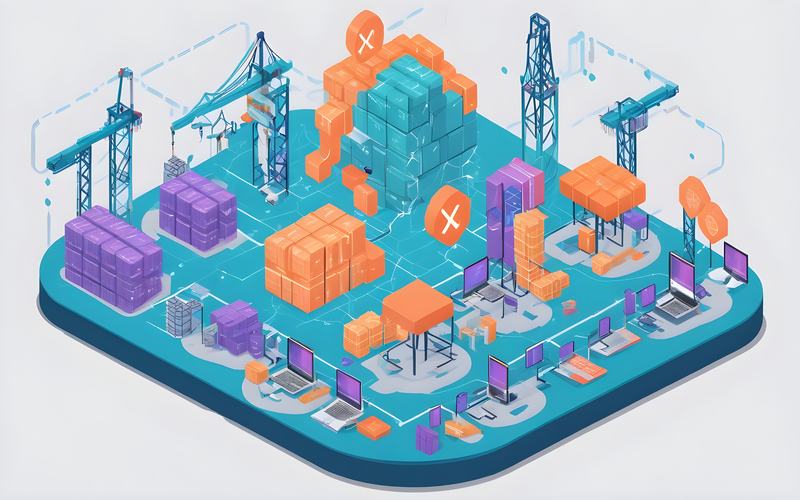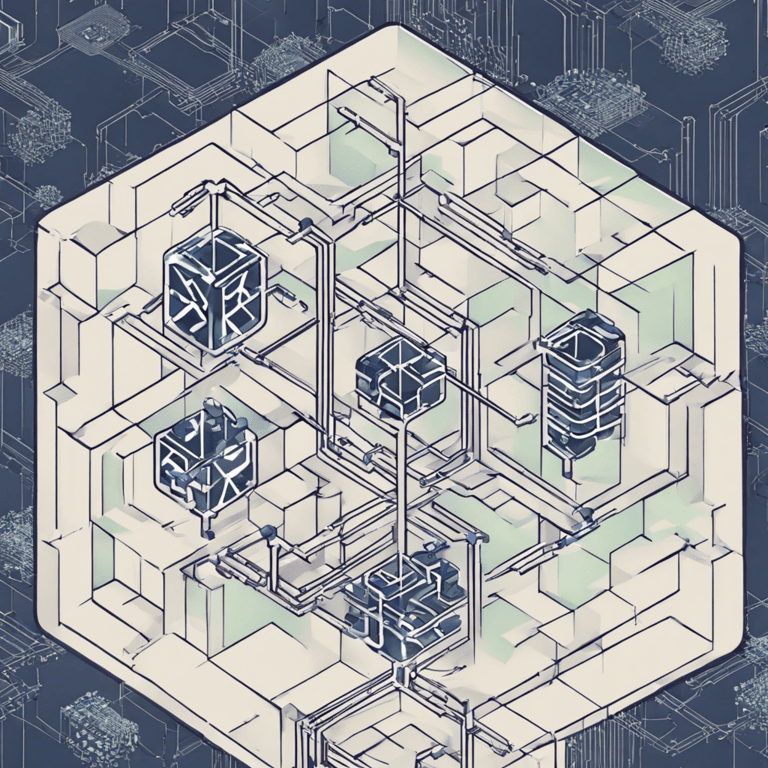Block rewards are essential foundations in the dynamic field of blockchain technology, supporting the sustainability, integrity, and security of decentralized networks. They date back to the 2009 launch of Bitcoin. Block rewards have developed into essential elements of many blockchain ecosystems, providing incentives to users and influencing the dynamics of virtual economies. This thorough investigation explores the complex nature of block rewards by following their historical development. It analyzes their workings, assesses their importance, and projects their future ramifications.

Evolution of Block Rewards
The genesis of block rewards traces back to Satoshi Nakamoto’s whitepaper, which introduced the concept of Bitcoin mining as a mechanism to validate transactions and secure the nascent blockchain network. Initially set at 50 BTC per block, block rewards undergo periodic halving events approximately every four years, a deliberate measure designed to emulate the scarcity dynamics of finite resources like gold. This deflationary model aims to cap the total supply of Bitcoin at 21 million coins, imbuing the cryptocurrency with inherent scarcity and store-of-value properties.
Beyond the Genesis Block
While Bitcoin serves as the archetype of block reward systems, the blockchain landscape has witnessed the proliferation of diverse reward mechanisms tailored to the unique characteristics of individual platforms. Ethereum, the pioneering smart contract platform, adopts a hybrid model. It combines block rewards with transaction fees to incentivize validators and secure the network. With its transition to Ethereum 2.0, Ethereum embraces a proof-of-stake (PoS) consensus mechanism. This pivot moves away from energy-intensive proof-of-work (PoW) mining towards a more sustainable and scalable approach.
Moreover, emerging blockchain projects employ innovative consensus mechanisms such as delegated proof-of-stake (DPoS), practical Byzantine fault tolerance (PBFT), and directed acyclic graph (DAG) structures. Each offers distinct advantages in terms of scalability, security, and decentralization. These diverse reward mechanisms underscore the dynamism and adaptability inherent in blockchain ecosystems. They foster experimentation and innovation in pursuit of optimal network performance.
Significance of Block Rewards
Block rewards play a pivotal role in incentivizing network participation, and aligning the interests of miners, validators, and stakeholders toward the common goal of network security and integrity. Beyond financial incentives, block rewards serve as the primary mechanism for new coin issuance. They distribute tokens to contributors while preserving digital assets’ scarcity and value proposition.
Furthermore, block rewards serve as a bulwark against malicious actors and potential attacks, incentivizing honest behavior and consensus among distributed nodes. The immutability and transparency afforded by blockchain technology rely on the collective effort of network participants incentivized by block rewards. They uphold the ledger’s integrity and validate transactions in a trustless environment.
Difficulties and Potential Futures
Despite their inherent benefits, block rewards present a myriad of challenges and considerations for blockchain ecosystems. These range from scalability and environmental sustainability to economic stability and regulatory compliance. As blockchain networks scale to accommodate growing transaction volumes and user adoption, the scalability of reward mechanisms becomes paramount. This necessitates innovative solutions to optimize network throughput and efficiency.
Moreover, the environmental footprint of proof-of-work mining has drawn scrutiny from environmental advocates and policymakers. This has prompted calls for greener and more sustainable alternatives such as proof-of-stake and energy-efficient consensus mechanisms. By embracing technological innovation, regulatory clarity, and industry collaboration, blockchain communities can navigate the evolving landscape of block rewards. They can also mitigate potential risks and maximize long-term sustainability.
Embracing the Promise of Block Rewards in a Digital Age
In conclusion, block rewards epitomize the transformative potential of blockchain technology. They offer a paradigm shift in decentralized governance, economic empowerment, and financial inclusion. As blockchain ecosystems continue to mature and evolve, the evolution of block rewards will remain at the forefront of innovation. It will drive progress and foster resilience in the face of unprecedented challenges.
By embracing principles of transparency, inclusivity, and sustainability, blockchain communities can harness the power of block rewards to usher in a new era of decentralized finance, digital asset management, and global economic prosperity. As we embark on this transformative journey, let us seize the promise of block rewards as catalysts for positive change and equitable growth in the digital age.
Disclaimer
FAQ
Block rewards are incentives given to blockchain network participants, such as miners and validators, for validating transactions and securing the network. They are foundational in maintaining the blockchain's integrity and encouraging active participation.
Block rewards are distributed to network participants upon successful validation of a block of transactions. The reward often includes newly minted coins and transaction fees, serving both as an incentive and a means of issuing new currency into circulation.
Block rewards are crucial for incentivizing network participation, ensuring security and consensus, and distributing new coins. They align participants' interests with the network's health and contribute to the decentralization and robustness of blockchain systems.
Beginning with Bitcoin's fixed reward system, block rewards have evolved through halving events and the adoption of new consensus mechanisms like Proof of Stake in Ethereum 2.0, reflecting the blockchain community's drive towards efficiency, scalability, and sustainability.
Block rewards face challenges such as environmental sustainability concerns with Proof of Work mining, scalability issues, economic stability, and regulatory compliance. Innovations and industry collaboration are essential for addressing these challenges.



This stage is incredible. The magnificent information uncovers the administrator’s excitement. I’m shocked and anticipate additional such fabulous substance.
This resource is incredible. The wonderful material exhibits the manager’s enthusiasm. I’m stunned and anticipate more such mind blowing posts.
I all the time used to read article in news papers but now as I am a user of net thus from now I am using net for posts, thanks to web.